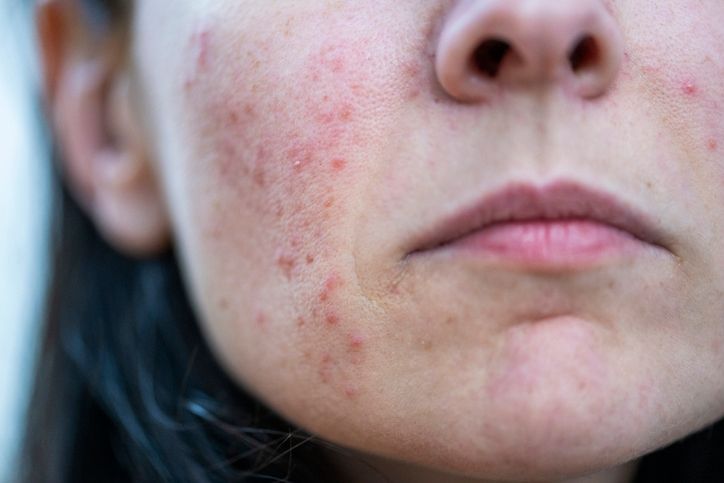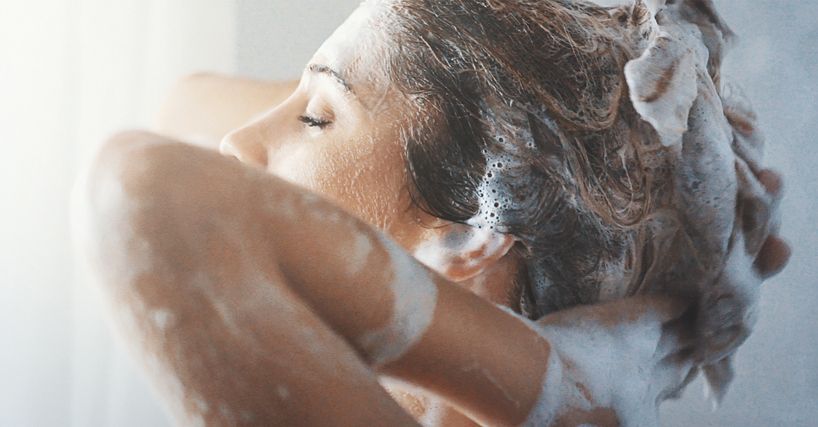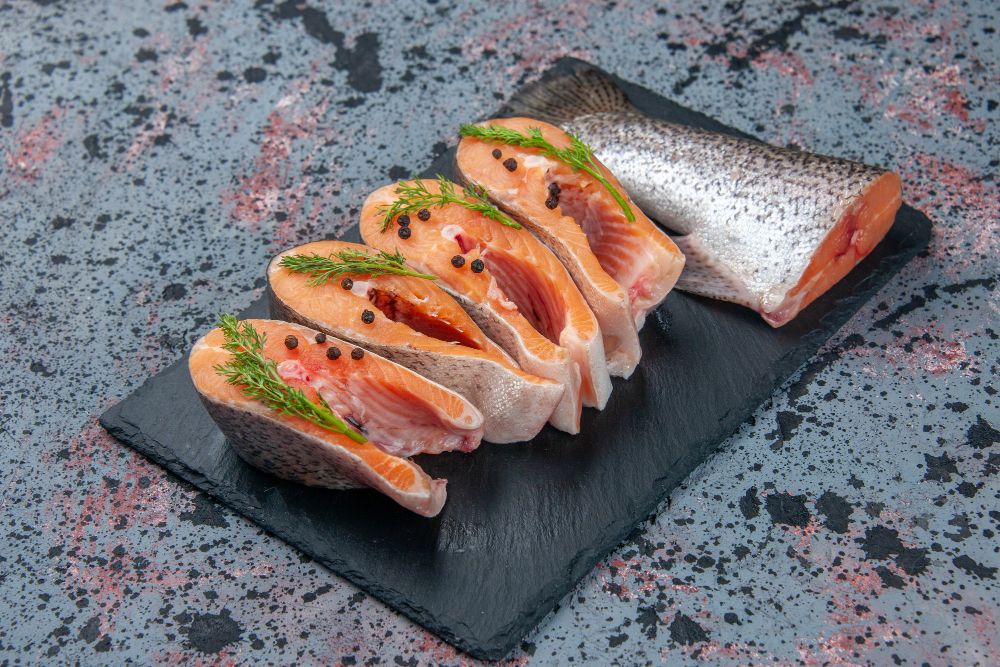
Book Now to Experience
Acne Treatment
1 Minute Self-Registration
Date should not be before minimal date
Author: Natalie Ng|28 April 2025
Pitted acne scars form when the skin loses collagen during the healing process after severe acne. These types of scars—like ice pick scars, boxcar scars, and rolling scars—create visible dips or tiny craters in the skin's surface. They happen when inflammation damages healthy tissue and collagen fibers, leading to deeper scars that don’t heal flat. This damage can come from cystic acne, moderate to severe acne, or from picking at acne bumps, especially on areas like the lower cheeks. Over time, the skin structure changes, and scar tissue replaces the normal skin layers. This makes atrophic acne scars harder to treat with regular skincare alone. The good news is you don’t always need surgery. There are several effective treatments that can help improve skin texture and boost collagen production. These include chemical peels, microneedling, dermal fillers, laser treatments like fractional laser resurfacing, and active skincare ingredients such as salicylic acid and azelaic acid. If you’re dealing with post-inflammatory hyperpigmentation, darker skin tones, or different acne scar types, it’s helpful to understand your options. Keep reading to learn about six proven ways to treat acne scars and help your skin heal better—without going under the knife.

1
Understanding Pitted Acne Scars: Types and Formation
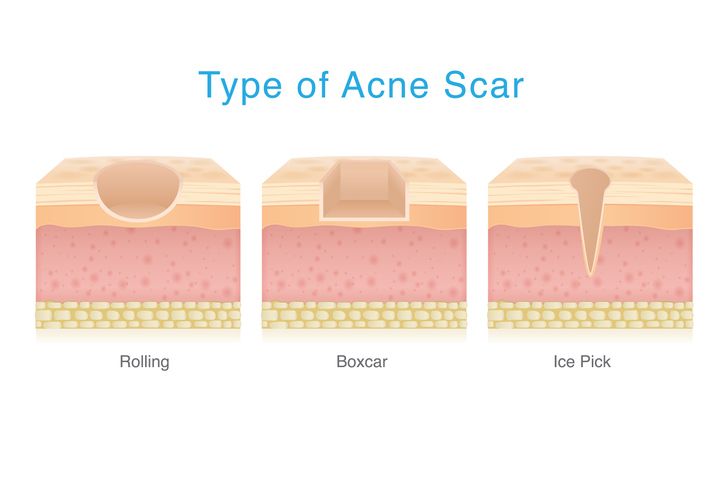
The Three Main Types of Atrophic Acne Scars

2
Chemical Peels: A Gradual Approach to Scar Reduction
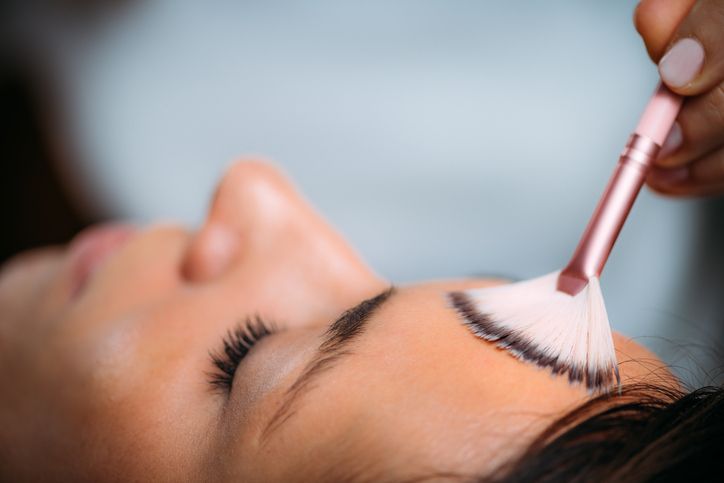
How Chemical Peels Work
Types of Chemical Peels
Treatment Process and Timeline
At-Home vs. Professional Chemical Peels
Read More

3
Microneedling: Stimulating Natural Collagen Production
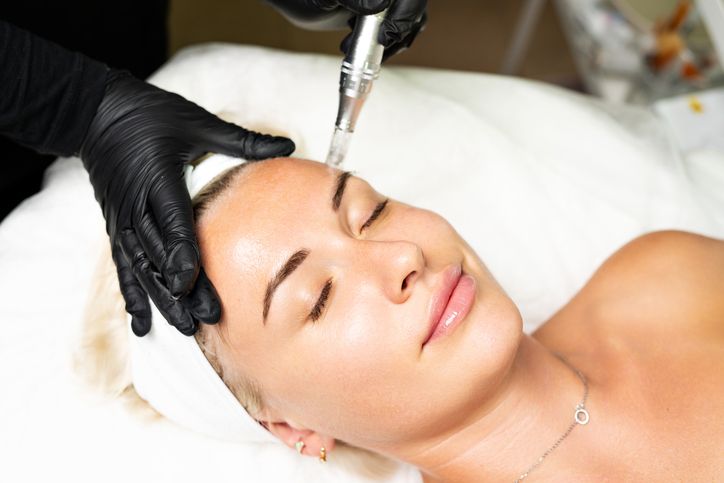
How Microneedling Works
Treatment Process and Expectations
Safety and Skin Types

4
Dermal Fillers: Temporary but Effective Relief
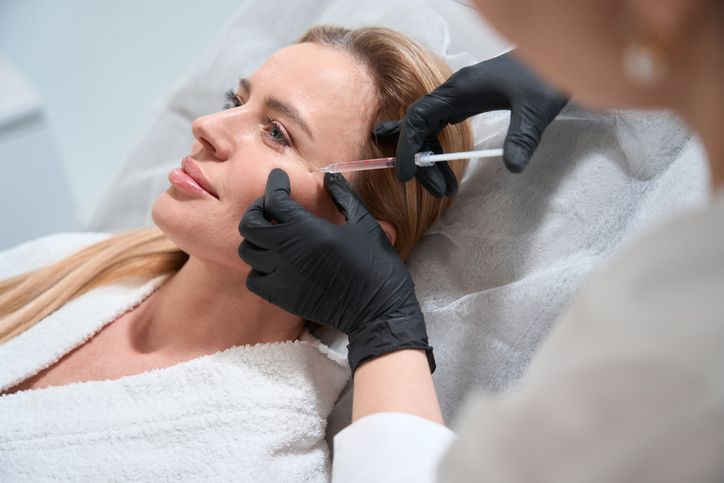
How Dermal Fillers Work
Best for Specific Acne Scar Types
Treatment Process and Results

Book Now to Experience
Acne Treatment
1 Minute Self-Registration
Date should not be before minimal date

5
Enhancing Results with Professional Acne Treatment

How New Beauty’s Acne Treatment Supports Scar Repair
The Treatment Process
Benefits of New Beauty’s Acne Treatment
A Smart Add-On for Long-Term Results

6
At-Home Skincare and Prevention Strategies
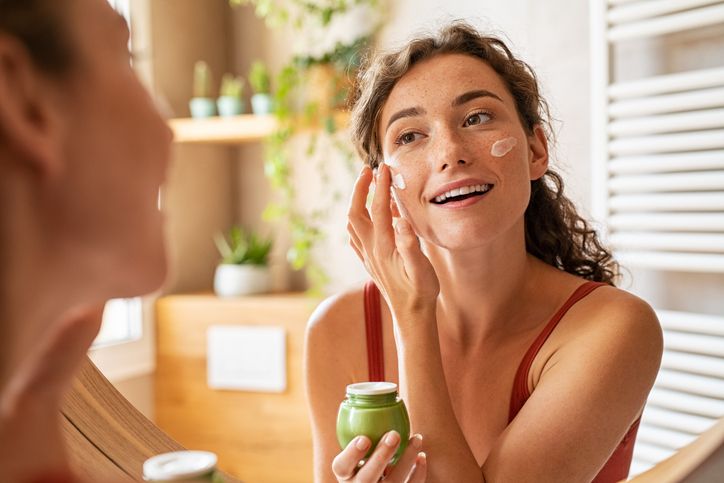
How to Support Healing at Home
Preventing Future Pitted Acne Scars
FAQ
Can Pitted Acne Scars Appear Years After Acne Has Cleared Up?
No, pitted acne scars don't suddenly appear years after your acne has cleared up. These scars form during the active phase of acne when inflammation damages the skin's collagen. While existing scars may appear more noticeable over time due to natural aging and collagen loss, you won't develop new pitted scars unless you're experiencing new acne breakouts that cause tissue damage.
Are Certain Skin Types More Prone to Developing Pitted Acne Scars?
You're more likely to develop pitted acne scars if you have darker skin due to increased melanin production and inflammatory responses. People with naturally oily or combination skin types also face higher risks because excess sebum can lead to more severe acne breakouts. Additionally, if you have thin or sensitive skin, you'll be more susceptible to scarring since your skin has less structural support and healing capacity.
Does Picking at Active Acne Always Lead to Pitted Scarring?
Studies show that approximately 30% of people who pick at their acne develop permanent scarring. While picking at active acne doesn't always result in pitted scars, you're substantially increasing your risk when you do. The outcome depends on several factors, including your skin type, the depth of inflammation, and your genetic predisposition to scarring. You can protect yourself by keeping your hands away from active breakouts.
How Long Should I Wait After Active Acne Before Starting Scar Treatment?
You should wait until your active acne has completely healed before starting scar treatment, which typically takes 3-4 weeks. During this time, your skin needs to repair its barrier function and reduce inflammation. If you begin treatments too early, you risk irritating active breakouts and potentially worsening scarring. Once the acne lesions are flat, no longer red, and don't have any scabs, you can safely start your chosen scar treatment.
Can Stress or Hormonal Changes Make Existing Pitted Scars Appear Worse?
Your pitted acne scars can appear more noticeable during times of stress or hormonal fluctuations. When you're stressed, your body releases cortisol, which can affect your skin's collagen production and make scars look deeper. Similarly, hormonal changes can impact your skin's texture and hydration levels, creating temporary changes in how your scars appear. However, these effects are usually temporary and don't cause permanent worsening of scars.

Book Now to Experience
Acne Treatment
1 Minute Self-Registration
Date should not be before minimal date
Recommended Articles
COPYRIGHT© NEW BEAUTY MANAGEMENT LIMITED 2025. ALL RIGHT RESERVED.

